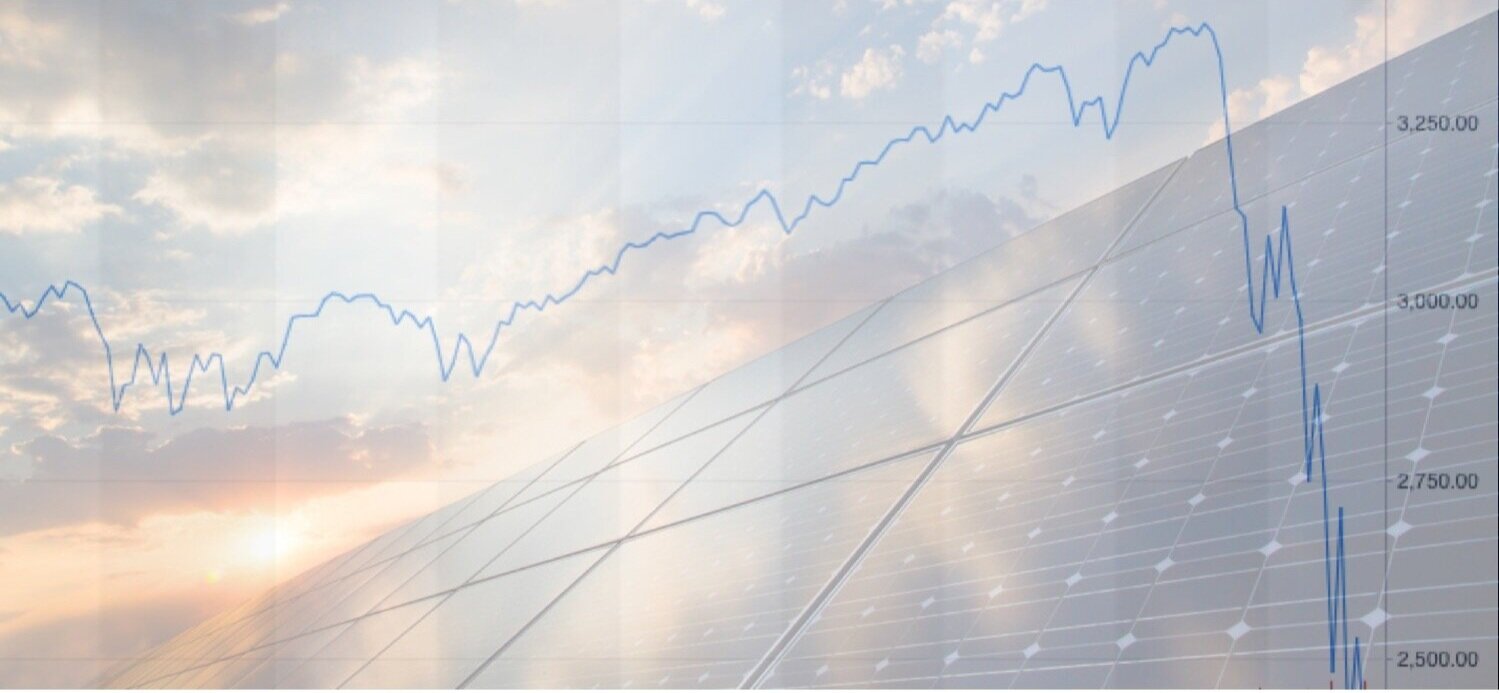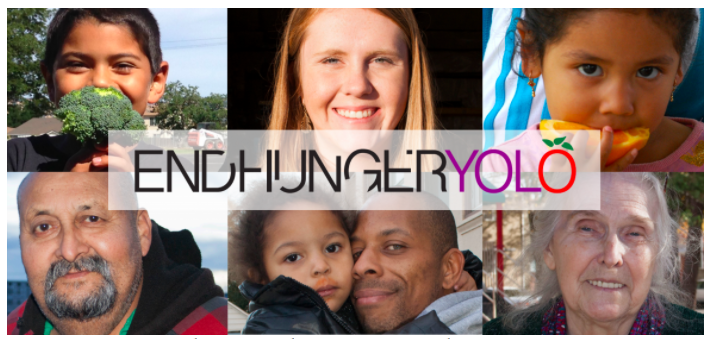The future of clean energy generation, security and resiliency is the combination of solar and energy storage (batteries). Though the grid acts as a de-facto battery via net-metering – from an accounting perspective – when the grid goes down, so too do solar systems.
Enter batteries. And, the ever-evolving question of, “Are solar-tied batteries ready for prime time?”
Today we look at solar + batteries through two lenses: Property owners and solar companies.
How homeowners view backup power
Here’s a recent conversation with a Yolo County homeowner that reflects the sentiment of many Repower current and prospective clients:
Losing power to my house makes me uneasy. As my home has become a second workspace, a new play area and the only restaurant in town always taking my reservation, a power interruption can stop my life entirely. Such a possibility raises my anxiety. And I’m not alone. Eliminating my absolute reliance on PG&E lowers my anxiety and is an increasingly large interest for a number of us (homeowners).
While some view batteries as an insurance policy against loss, others simply want the security (and peace of mind) to live uninterrupted. Hence, homeowners can often be split into two groups: those willing to back-up a limited number of critical circuits (electrical loads) and those seeking uninterruptible power for everything they need.
For the first group, the approach is straightforward and currently, the least expensive: identify the circuits critically needed, place those circuit breakers in a separate subpanel and power them with a battery. This approach works with any backup system and promises the battery does not drain too quickly. These batteries can support low power appliances, such as lights, the house fan, modems/routers and the fridge and freezer. The microwave may work, but it uses more power than the other items and drains the battery faster. For this first group, air conditioning is out of the question: too much power required.
The second group requires multiple batteries to reduce the likelihood of running out of energy or not providing enough power. Supplying all the energy needed may also require installing more solar panels (and/or a generator) to ensure that the battery system gets recharged fully in the depths of winter. Most homeowners find this is not a sage investment; we agree.
Many homeowners are considering generators as an alternative to batteries. On the surface, this approach makes a lot of sense. Like batteries, the generator needs to be sized for either a critical group of circuits or for the entire house. Unlike a battery solution, generators require maintenance and should be tested monthly. Also, relying on the natural gas to power the generator works well if a power outage does not impact gas supply.
In summary: Homeowners no longer take their electricity security for granted. They are increasingly anxious about maintaining normalcy as supply uncertainty increases.
How solar companies view backup power
Where does power go when it has nowhere to go? As a solar company, we are often asked what happens to the power generated from the photovoltaic panels during a power outage. National building codes require the systems to shut down, which makes sense when the excess power has nowhere else to go. Batteries solve this problem.
Batteries allow homeowners to use their solar system to supply power to the parts of their home they want to keep running – or to keep power flowing to the entire house.
For solar companies, batteries (and the enabling smart controls) provide the final puzzle piece to energy resilience. We value being able to offer another solution to Yolo County property owners that allows their lives to continue uninterrupted. Batteries augment the product and service we offer as a solar company and allow us to meet the growing concerns of our community.
Adding residential batteries to the solar business offerings can be complicated, relative to simple solar installations. Over-simplifying these issues may lead to unmet expectations. Sizing a battery system requires matching a homeowner’s needs with their budget. In many cases, the appetite homeowners express for backup power does not match their budget. (Knowing that backup power is rarely used makes it easier for vendors to sell it since it’s difficult for homeowners to gauge whether their expectations are met.)
One final challenge faces the solar industry: Selecting the best battery system for the homeowner. We are in the Model T days of residential batteries, and system capabilities are changing rapidly. Early adopters often accept the bumps in the road that come with new product offers, but when pairing with dependable solar panels, the early stage battery system may fail to clear the high bar homeowners have come to expect.
Battery systems are often sold to meet two different objectives: provide backup power when the grid fails and provide power to the home or grid during the most expensive time periods during the day. Clearly, meeting one objective could result in missing the mark on the other. For example, the backup battery could feed back power at the end of the day but deplete the stored energy for that night’s unexpected power outage.
As batteries become a more common offering from solar companies, clearly outlining tradeoffs of different solutions is key to meeting homeowners’ energy security needs.
Feel free to contact us if you’d like to learn more about our energy storage calculus and conclusions and receive a no-cost assessment tailored to your home and energy resiliency needs.


















